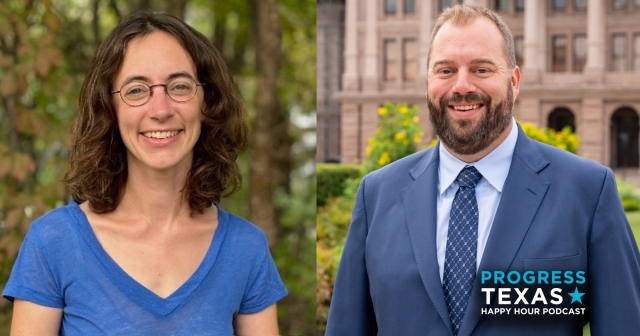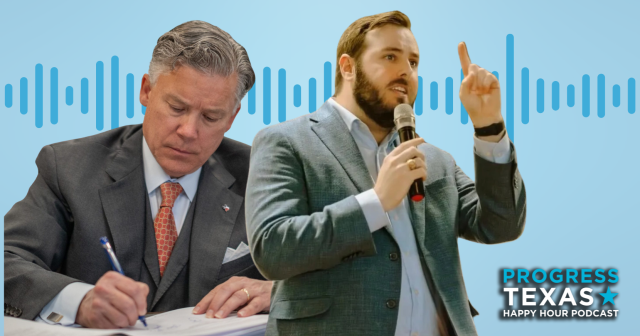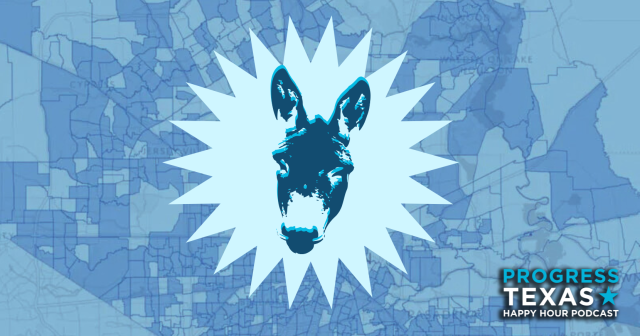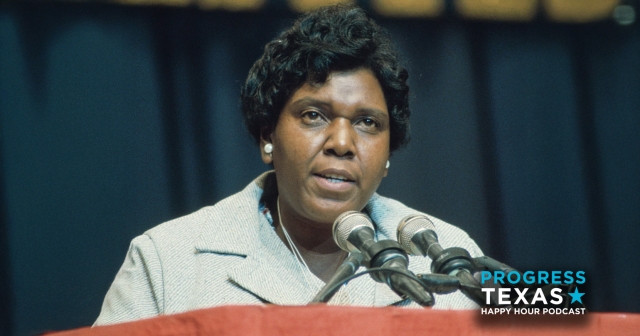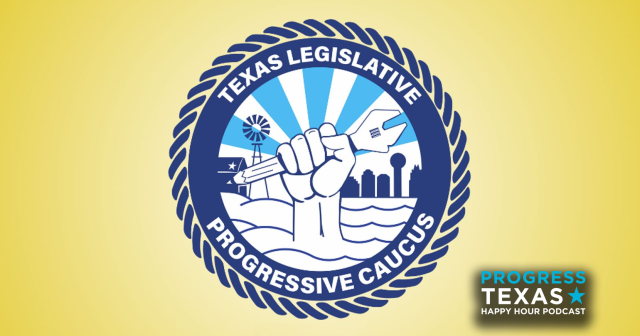TSTA Poll Shows Texans Want More Funding And Less Testing In Public Schools
A recent Texas State Teachers Association poll of Texas shows overwhelming support for increasing public school funding, using the Rainy day Fund for education, and reducing standardized testing. Here is our infographic on the poll:
[[{"fid":"1628","view_mode":"default","fields":{"format":"default","field_file_image_alt_text[und][0][value]":"","field_file_image_title_text[und][0][value]":"","field_folder[und]":"906"},"type":"media","attributes":{"height":"513","width":"789","style":"width: 789px; height: 513px;","class":"media-element file-default center"}}]]
UPDATE: 87% of Texans support less standardized testing (even better!). The 68% figure in the graphic above is for "strongly support" less testing.
An explanation of the poll from the TSTA website:
A strong majority of Texas voters support using some of the $12 billion in the state’s Rainy Day Fund to restore the $5.4 billion cut from the public education budget two years ago, and the support is strong across party lines, a poll commissioned by the Texas State Teachers Association shows.
The statewide telephone poll of likely voters, conducted Feb. 19-25 by Democratic pollster Keith Frederick and Republican pollster Jan van Lohuizen, also indicated strong growth in public awareness that the funding cuts were hurting educational quality in classrooms. The poll included an oversampling of Republican primary voters.
The question about restoring school funding was asked two ways. One version simply informed respondents of the recent, rapid growth in the Rainy Day Fund and asked if they favored putting $5 billion back into public schools. Some 79 percent said yes, including 93 percent of Democrats, 76 percent of independents and 61 percent of Republican primary voters.
The second version asked respondents if they favored spending $5 billion of Rainy Day money to hire more teachers, reduce class sizes and restore important academic programs or if they believed spending that money could lead to future tax increases and schools should first do a better job of cutting waste, bureaucracy and overhead. Some 69 percent favored restoring the funding, including 83 percent of Democrats, 64 percent of independents and 52 percent of Republican primary voters.
Answering another key question, 61 percent said they believed the funding cuts hurt the quality of classroom instruction, and 32 percent said the cuts were absorbed by cutting waste in schools. That was a marked difference from responses to a similar poll question asked in late 2011, before the full impact of the spending reductions was widely known. At that time, only 47 percent thought the cuts hurt classroom quality, and 49 percent believed they would be absorbed by eliminating waste.
Presented with options, two-thirds of Texas voters (66 percent) would use the nearly $12 billion Rainy Day Fund to restore public school funding. This includes 39 percent who chose education funding over roads (4 percent) or water (5 percent) plus 27 percent who would spend Rainy Day money on all three needs. Only 22 percent would save the entire Rainy Day balance for future needs.
“Texans are not fooled by the rhetoric coming from the education-cutters in Austin,” said TSTA President Rita Haecker. “The vast majority of voters – Republicans, Democrats and independents alike – know that the budget cuts have hurt our classrooms. They also know that the Legislature has enough money to restore the funding without raising anyone’s taxes, and they demand that their legislators do the right thing for our children.”
The poll has a margin of error of plus or minus 3.5 percent for the entire 800-person sample and plus or minus 7 percent for the oversample of 200 Republican primary voters.
DONATE
Your donation supports our media and helps us keep it free of ads and paywalls.

